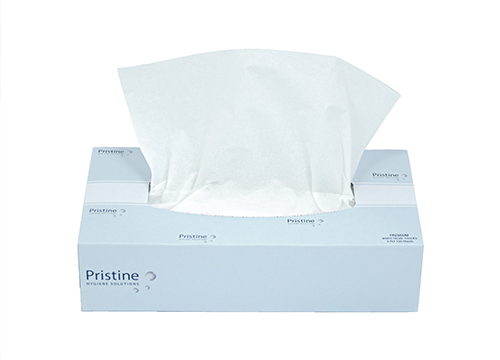
Red itchy eyes, sore watery eyes, scratchy throat, nose, ears. A runny nose, sneezing – if you can even breathe; headaches, puffy eyes. . . weeks, and for some, months of tiredness and discomfort.
Around 18% of people in Australia and New Zealand suffer from allergic rhinitis (commonly known as hay fever). Here are some truths about this common and uncomfortable condition that impacts so many of us:
- Hay fever is not caused by hay and does not cause a fever.
It is caused when the nose or eyes come into contact with airborne allergens such as dust mites, plant pollens, and animal fur, hair and even feathers. So why hay fever? When hay fever was first diagnosed in the 1800s it was associated with the smell of hay. - Hay fever develops later in life.
True for some, but not all. There is evidence to support the theory that the prevalence of allergic rhinitis does increase with age, and then you get to a certain age where it starts to decrease. But as many children do not get diagnosed the jury is still out. - Hay fever only hits at certain times of the year.
This is a major myth about hay fever. While many people experience symptoms at certain times of the year from pollens, there’s a lot of people whose symptoms occur all year around. It comes down to what is triggering your condition. - Hay fever isn’t a big deal.
Not true. Symptoms range from mild to moderate (does not affect day-to-day function), to severe (affects day-to-day function). Symptoms may occur in a particular season (usually due to allergies to grass, weed or pollens), or are persistent and present all year round (usually caused by allergies to house dust mites, moulds or animals). - Hay fever can be caused by food allergies.
While it is generally believed there is a link between hay fever and food allergies, it is important to note that allergic rhinitis and food allergies are different conditions. A food allergy (also known as oral allergy syndrome), is when the mouth and throat respond to eating certain types of food, and can prove fatal. - If you get hay fever, you’ll also suffer from asthma.
Not always, but about 80% of people with asthma also have allergic rhinitis, which can make asthma difficult to control. Better control of allergic rhinitis has been shown to result in better asthma control in both adults and children. Untreated allergic rhinitis may also increase the risk of developing asthma. - Changing your bedding helps prevent hay fever.
It’s bad enough suffering during the day when walking around, but to endure sleepless nights is exhausting. Anti-allergenic mattresses and pillows are available, and it is recommended that washing and changing bedding regularly will help reduce symptoms. But don’t hang your sheets outside! Dry them in a dryer to avoid pollens and kill mites.
Allergic rhinitis is a chronic condition of the nose, and if not treated properly, can have a significant impact on people’s day-to-day lives. It can impact their ability to sleep, concentrate and work.
There is a myriad of treatments, and success is very dependent on what triggers your hay fever. Until you find your ideal cure, keep the tissues close and the irritants far.
Resource: ASCIA, the peak professional body of clinical immunology / allergy specialists in Australia and New Zealand. https://www.allergy.org.au/










